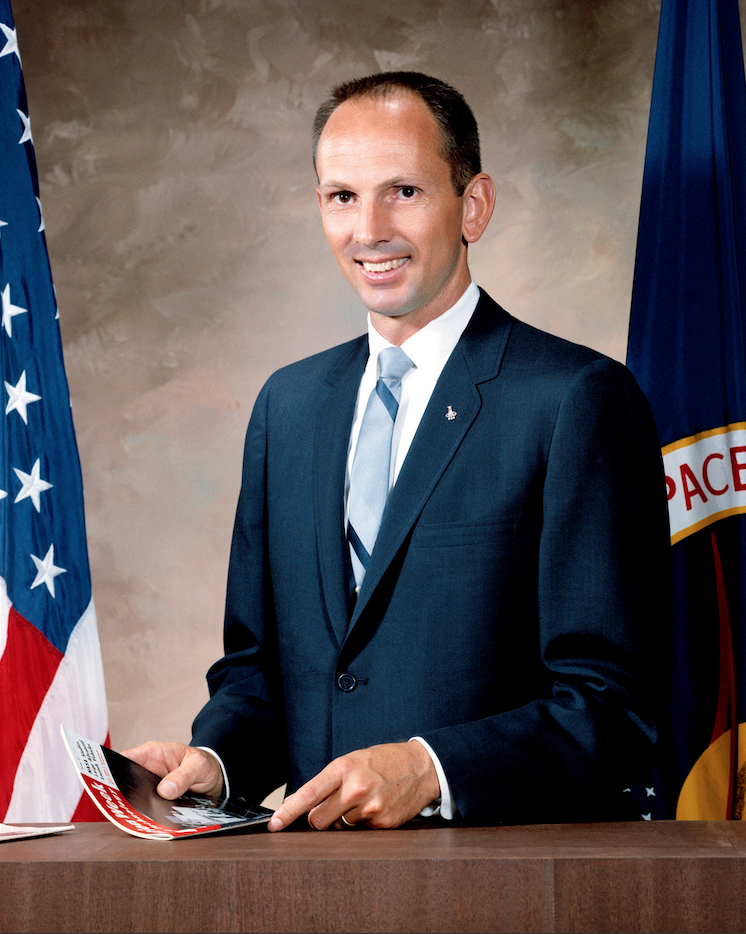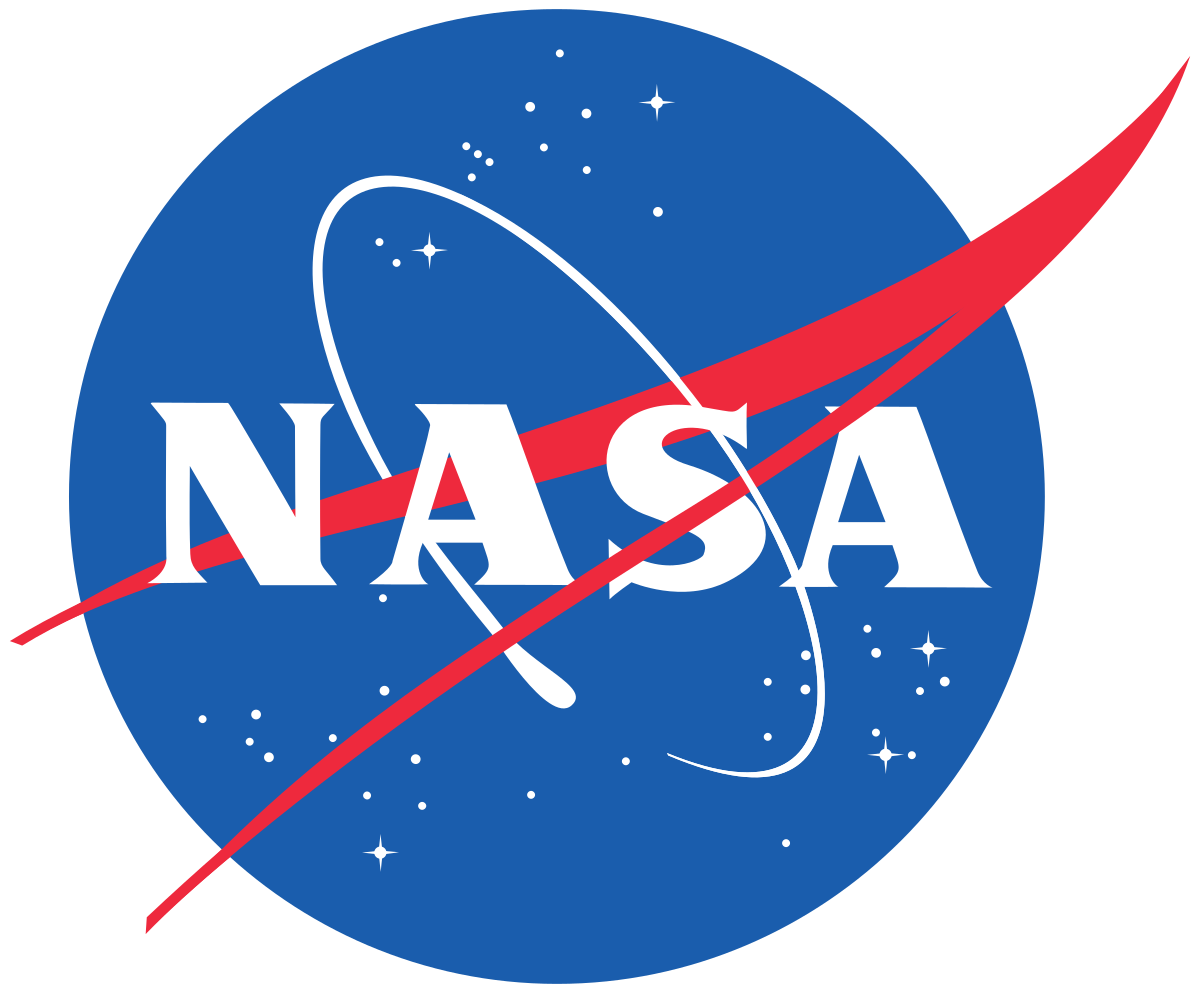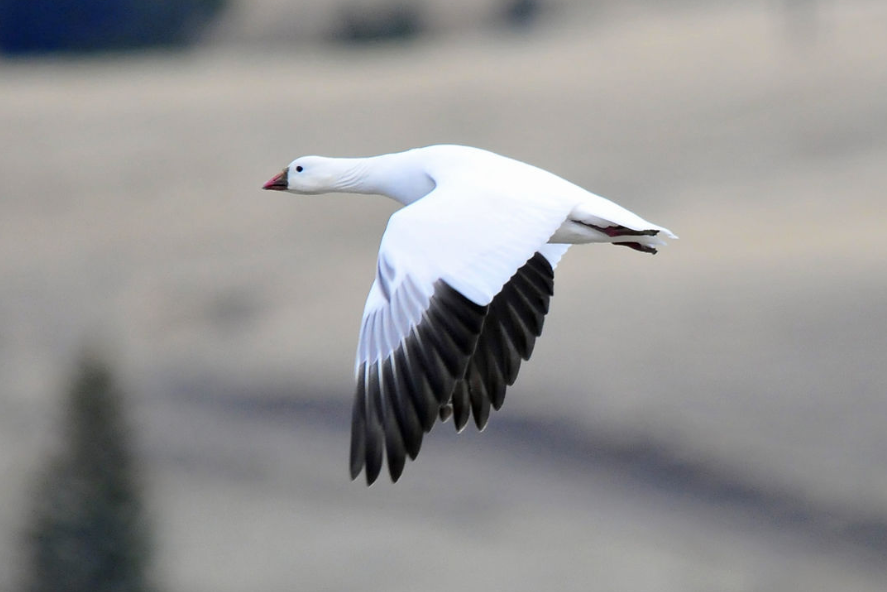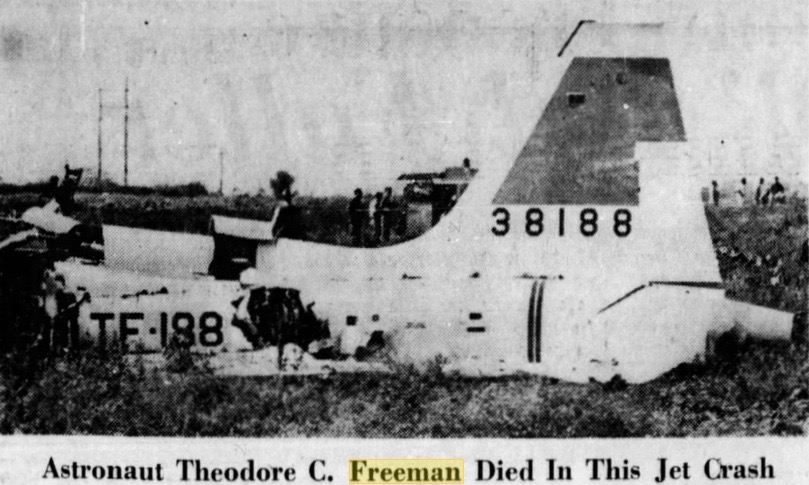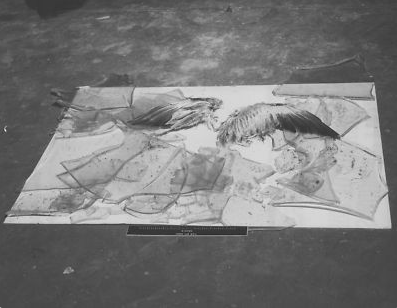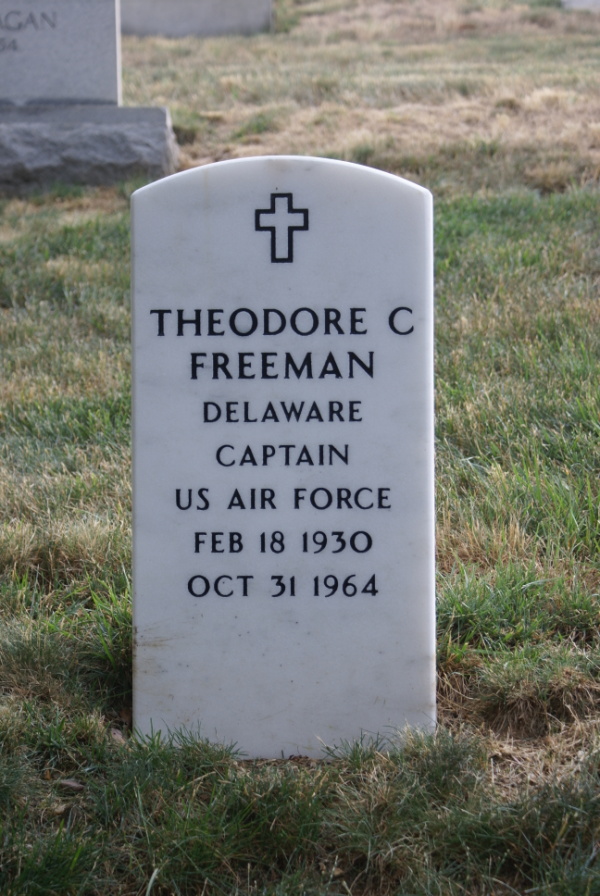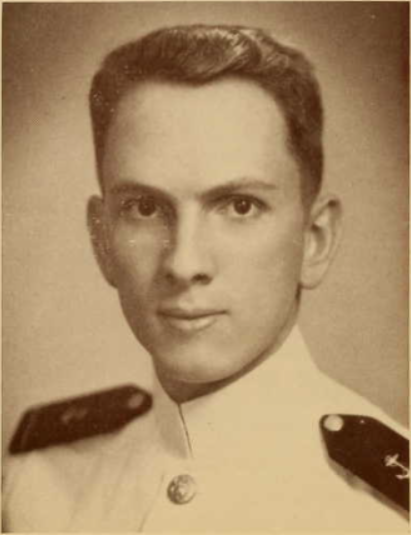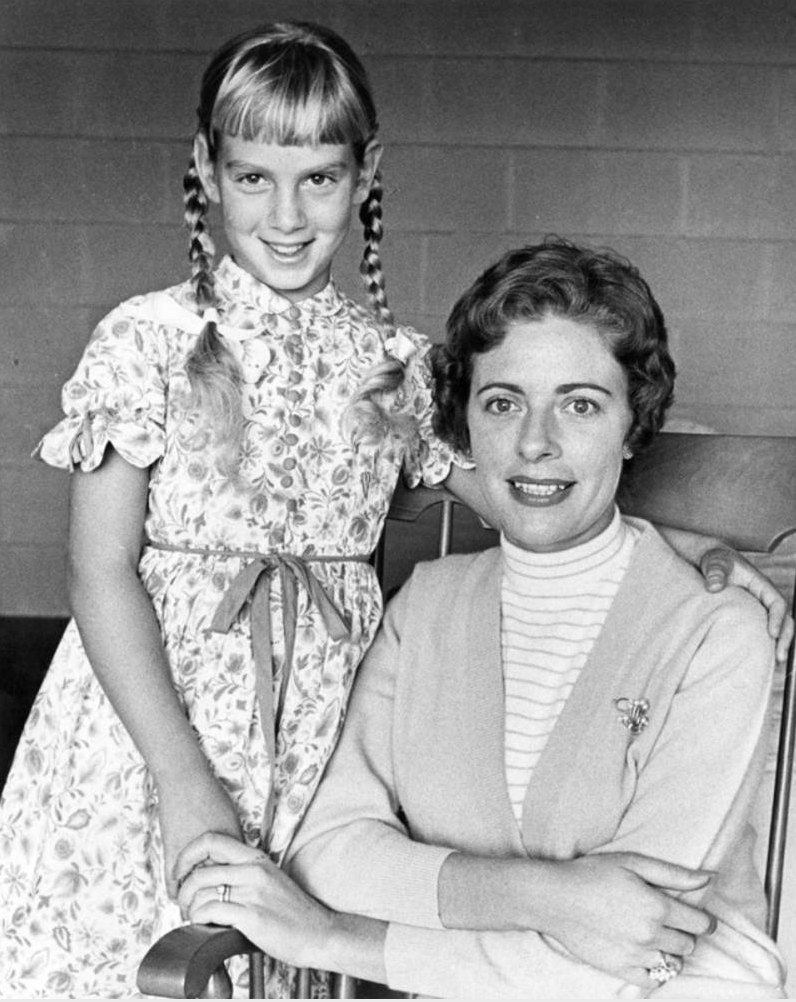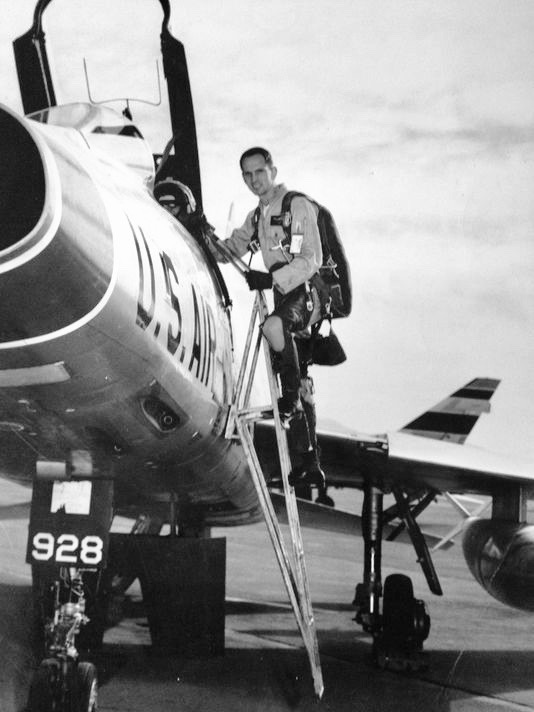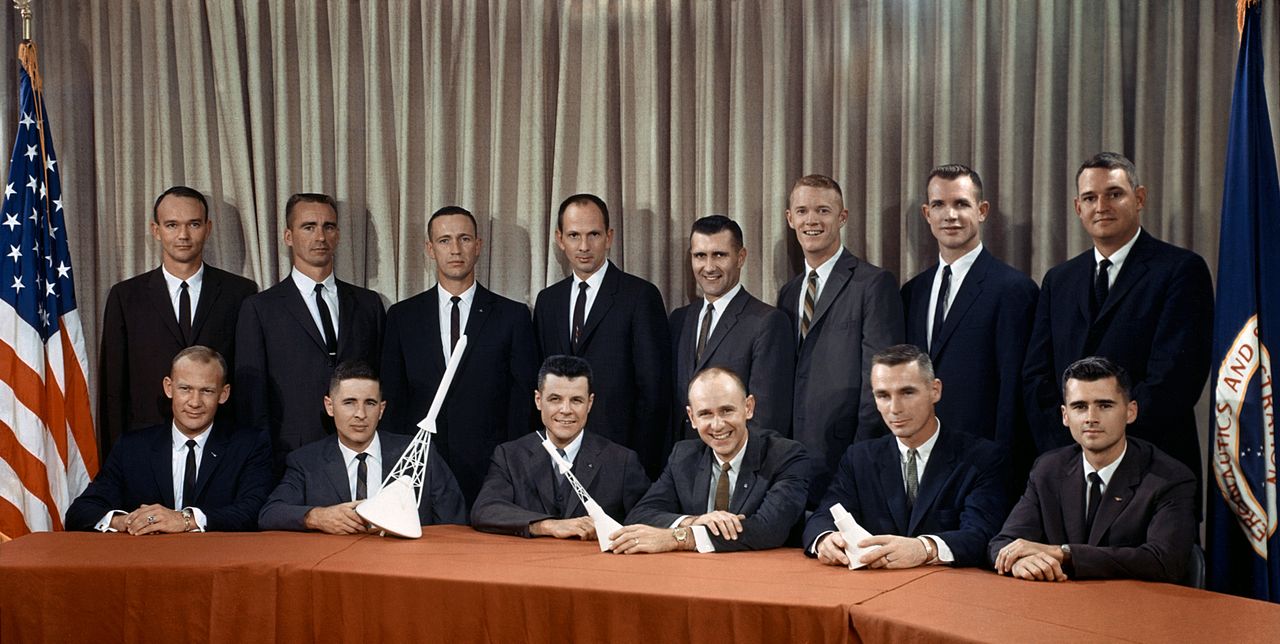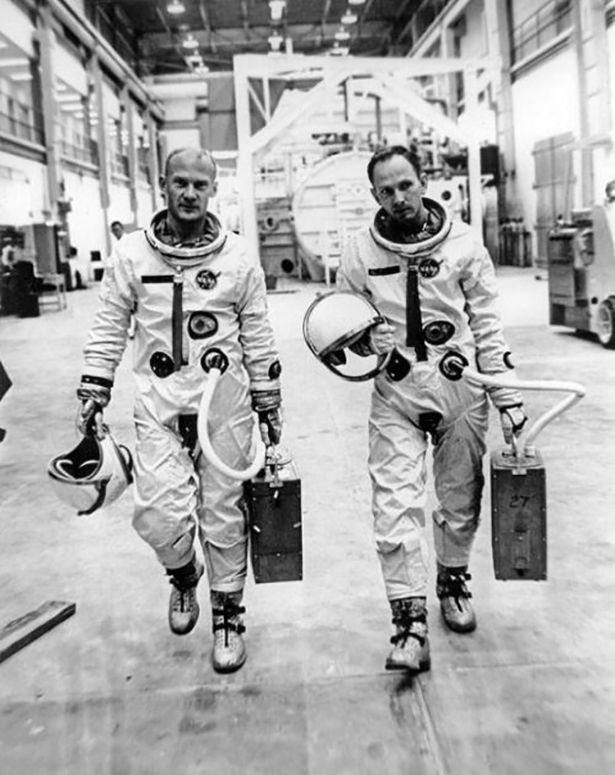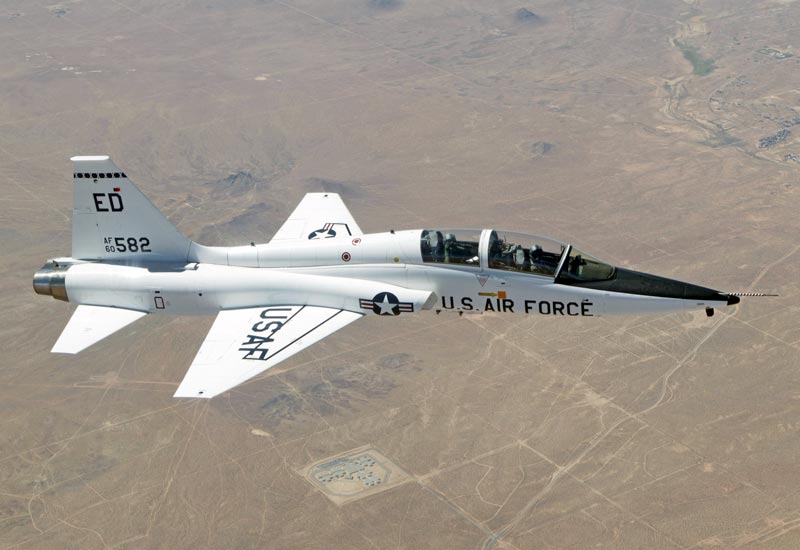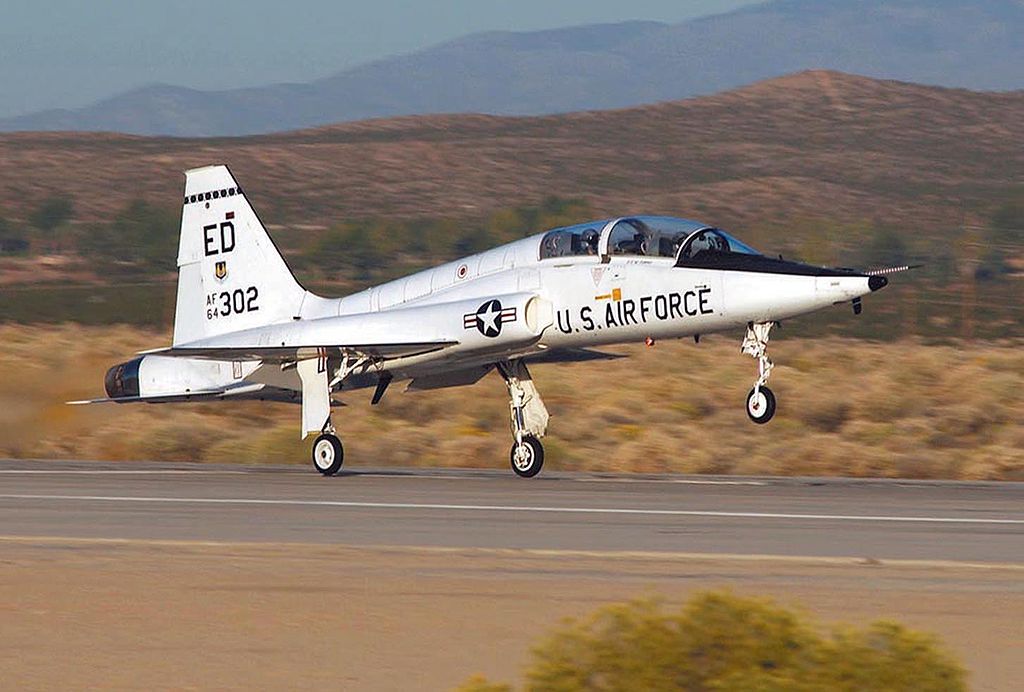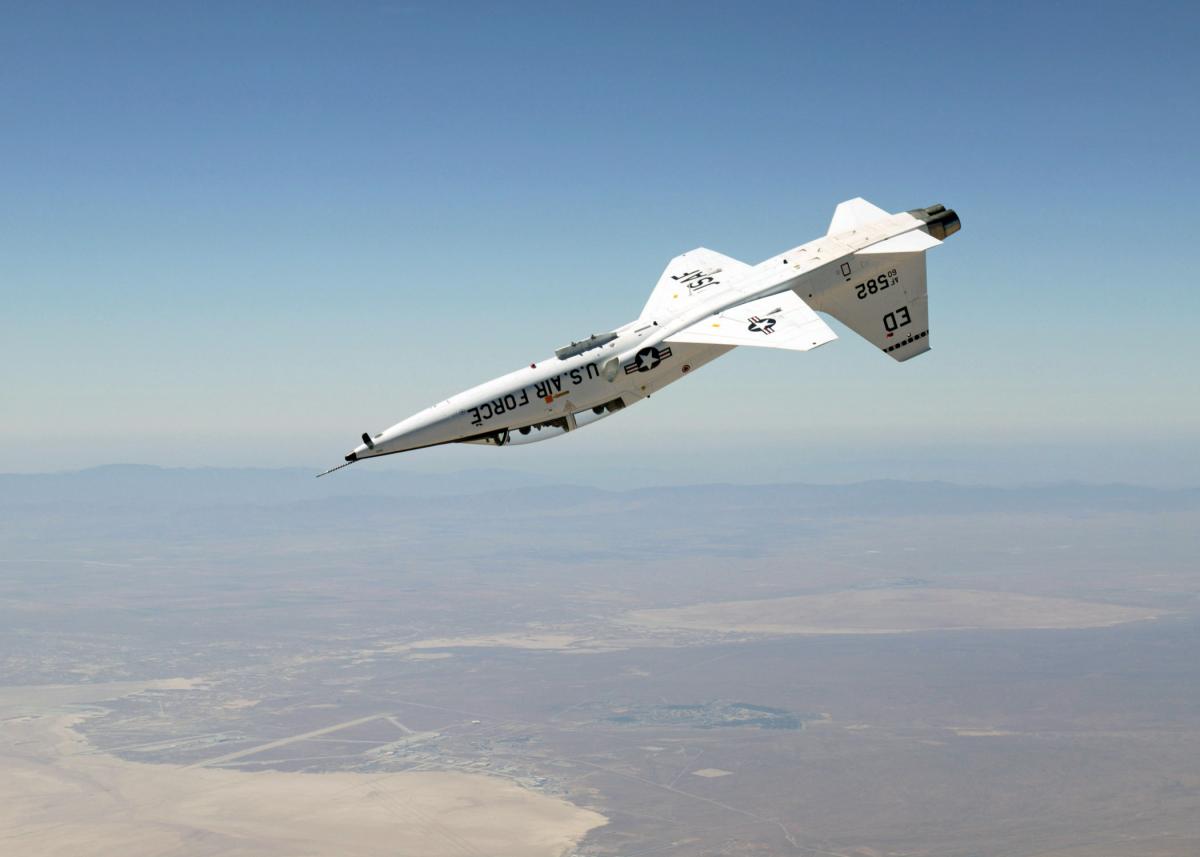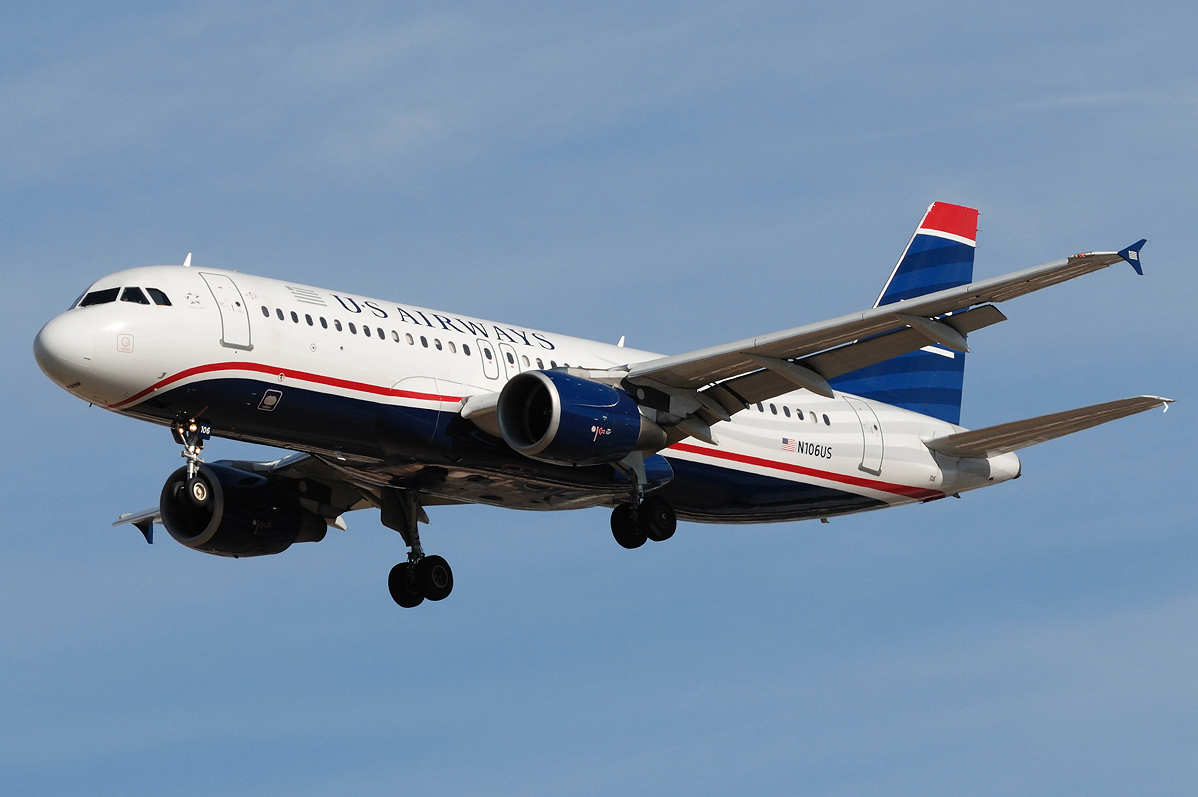
![]() 15 January 2009: At 3:25 p.m., Eastern Standard Time, U.S. Airways Flight 1549 departed from Runway 4 at LaGuardia International Airport (LGA) enroute to Seattle-Tacoma International Airport (SEA) with a stop at Charlotte, North Carolina (CLT). On board were 150 passengers and 5 crewmembers. The pilot-in-command was Captain Chesley Burnett Sullenberger III, and the co-pilot was First Officer Jeffrey B. Skiles.
15 January 2009: At 3:25 p.m., Eastern Standard Time, U.S. Airways Flight 1549 departed from Runway 4 at LaGuardia International Airport (LGA) enroute to Seattle-Tacoma International Airport (SEA) with a stop at Charlotte, North Carolina (CLT). On board were 150 passengers and 5 crewmembers. The pilot-in-command was Captain Chesley Burnett Sullenberger III, and the co-pilot was First Officer Jeffrey B. Skiles.
Flight 1549 (radio call sign, “Cactus Fifteen-Forty-Nine”) was an Airbus Industrie A320-214, with registration N106US.
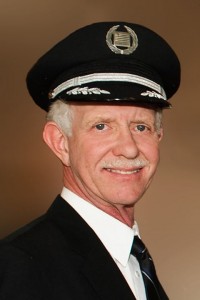
Captain Sullenberger was a 1973 graduate of the United States Air Force Academy and had served as a pilot in McDonnell Douglas F-4 Phantom IIs until 1980, when he left the Air Force and began a career as an airline pilot with Pacific Southwest Airlines (PSA). To date, “Sully” had flown 19,663 total hours with 4,765 hours in the Airbus A320.
First Officer Skiles was also a highly experienced pilot with 15,643 total hours, but this was his very first flight aboard the A320 after completing the airline’s pilot transition course.
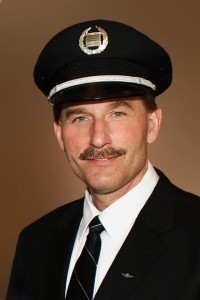
First Officer Skiles was the pilot flying on the first leg of the flight. The airliner was climbing and gaining airspeed, when at 3:27:11, it collided with a large flock of Canada Geese at an altitude of 2,818 feet (859 meters), approximately 4.5 miles (7.2 kilometers) from the runway. Birds were ingested in both engines which immediately lost thrust. Captain Sullenberger took over the controls while Skiles began the engine restart procedure.
A portion of the Cockpit Voice Recorder transcript follows:
15:27:07 Sullenberger: After takeoff checklist complete.
15:27:10.4 Sullenberger: Birds.
15:27:11 Skiles: Whoa.
15:27:11:4 (Sound of thump/thud(s), followed by shuddering sound.)
15:27:12 Skiles: Oh (expletive deleted).
15:27:13 Sullenberger: Oh yeah. (Sound similar to decrease in engine noise/frequency begins.)
15:27:14 Skiles: Uh oh.
15:27:15 Sullenberger: We got one rol — both of ’em rolling back.
15:27:18 (Rumbling sound begins and continues until approximately 15:28:08.)
15:27:18.5 Sullenberger: Ignition, start.
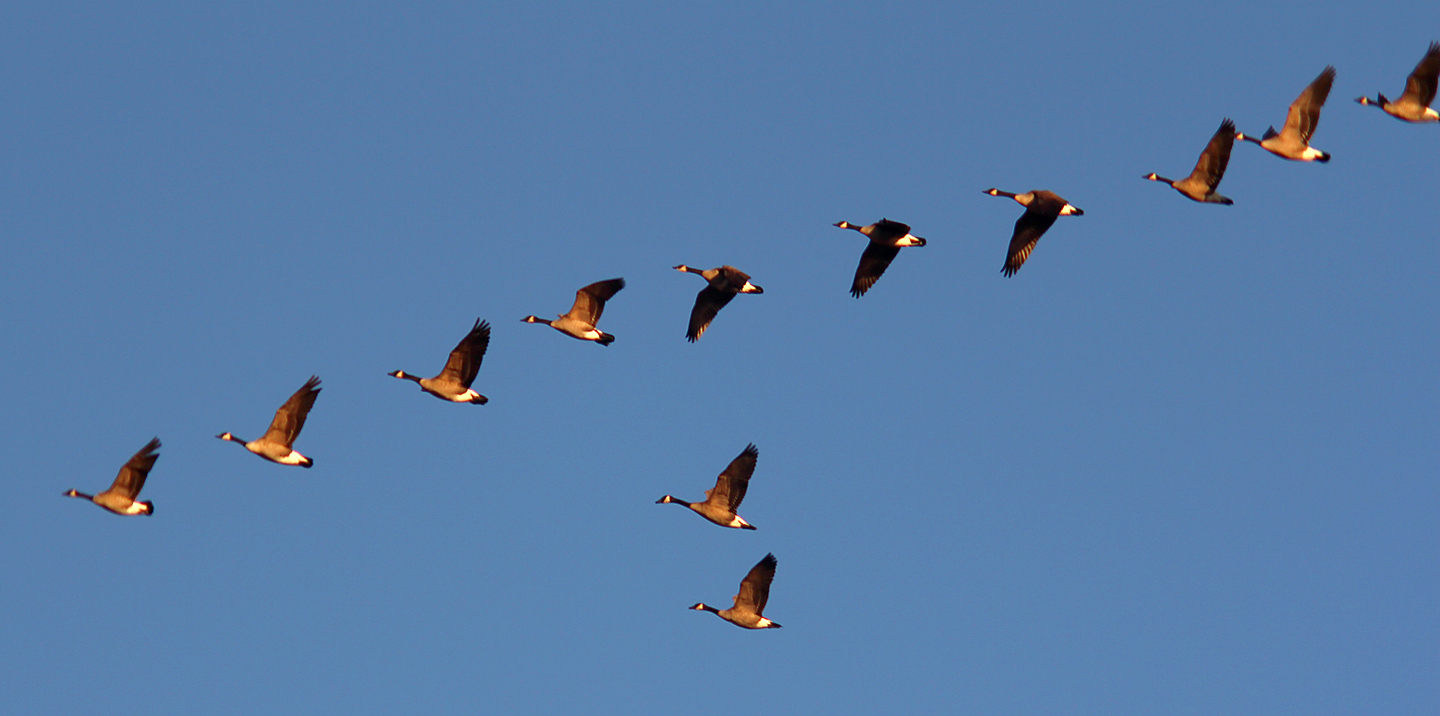
15:27:32.9 Sullenberger: MAYDAY MAYDAY MAYDAY. Uh this is uh Cactus Fifteen-Thirty-Nine [sic] hit birds, we’ve lost thrust (in/on) both engines we’re turning back towards LaGuardia.
15:27:42 LaGuardia Departure Control: OK uh, you need to return to LaGuardia? Turn left heading of uh Two Two Zero.
15:27:43 (sound similar to electrical noise from engine igniters begins.)
15:28:02 Skiles: Airspeed optimum relight. Three hundred knots. We don’t have that.
15:28:03 Flight Warning Computer: Sound of single chime.
15:28:05 Sullenberger: We don’t.
15:28:05 LGA Departure Control: Cactus Fifteen-Twenty-Nine [sic], if we can get it for you do you want to try to land Runway One Three?
15:28:05 Skiles: If three nineteen. . .
15:28:10.6 Sullenberger: We’re unable. We may end up in the Hudson.
Break Transcript
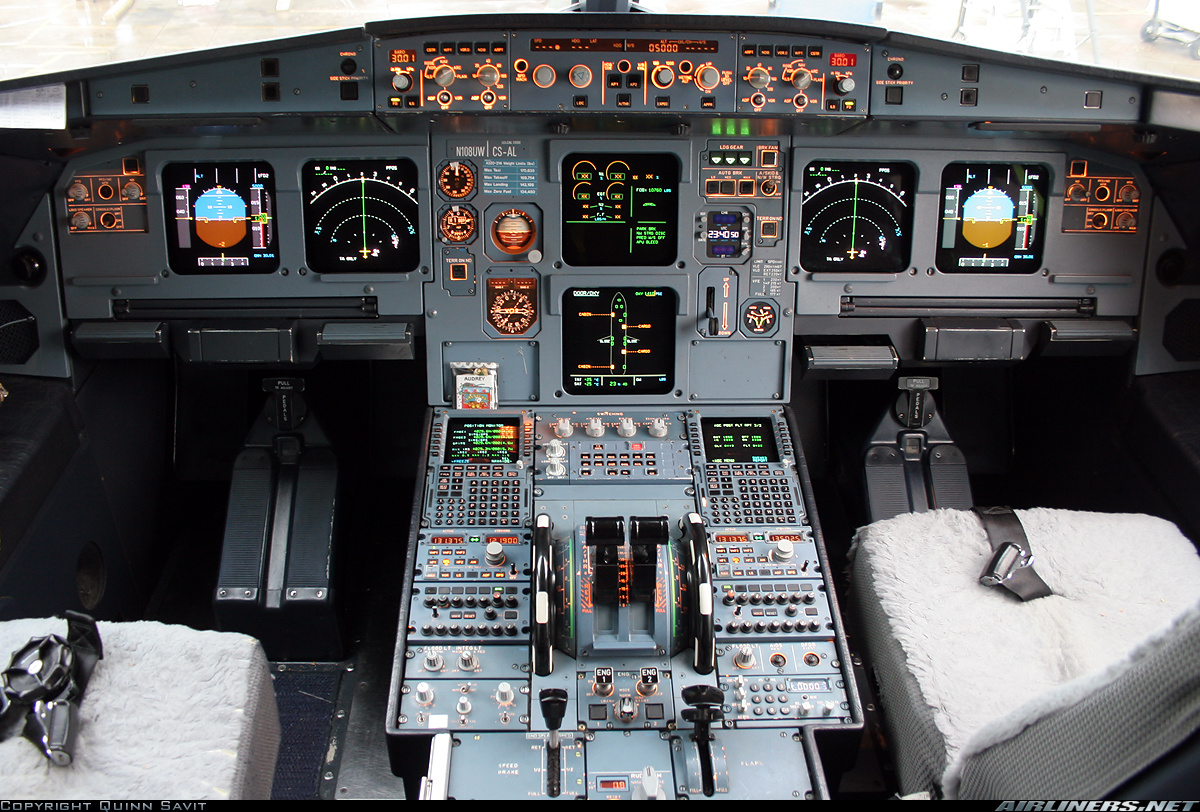
15:29:28 Sullenberger: We’re gonna be in the Hudson.
15:29:33 LGA Departure Control: I’m sorry say again Cactus?
15:29:53 LGA Departure Control: Cactus Fifteen-Forty-Nine radar contact is lost you also got Newark Airport off your two o’clock in about seven miles.
15:29:55 Ground Proximity Warning System: PULL UP. PULL UP. PULL UP. PULL UP. PULL UP. PULL UP.
15:30:01 Skiles: Got flaps out.
15:30:03 Skiles: Two hundred fifty feet in the air.
15:30:04 Ground Proximity Warning System: TOO LOW. TERRAIN.
15:30:06 Ground Proximity Warning System: TOO LOW. GEAR.
15:30:06 Skiles: Hundred and seventy knots.
15:30:09 Skiles: Got no power on either one? Try the other one.
15:30:09 Radio from another flight: Two One Zero uh Forty-Seven-Eighteen. I think he said he’s going in the Hudson.
15:30:15 Ground Proximity Warning System: CAUTION TERRAIN.
15:30:16 Skiles: Hundred and fifty knots.
15:30:17 Skiles: Got flaps two, you want more?
15:30:19 Sullenberger: No let’s stay at two.
15:30:21 Sullenberger: Got any ideas?
15:30:22 LGA Departure Control: Cactus Fifteen-Twenty-Nine [sic] if you can uh. . . you got uh Runway uh Two Nine available at Newark it’ll be two o’clock and seven miles.
15:30:23 Ground Proximity Warning System: CAUTION TERRAIN.
15:30:23 Skiles: Actually not.
15:30:24 Ground Proximity Warning System: TERRAIN TERRAIN. PULL UP. PULL UP. (“Pull Up” repeats until the end of the recording.)
15:30:38 Sullenberger: We’re gonna brace.
End Transcript
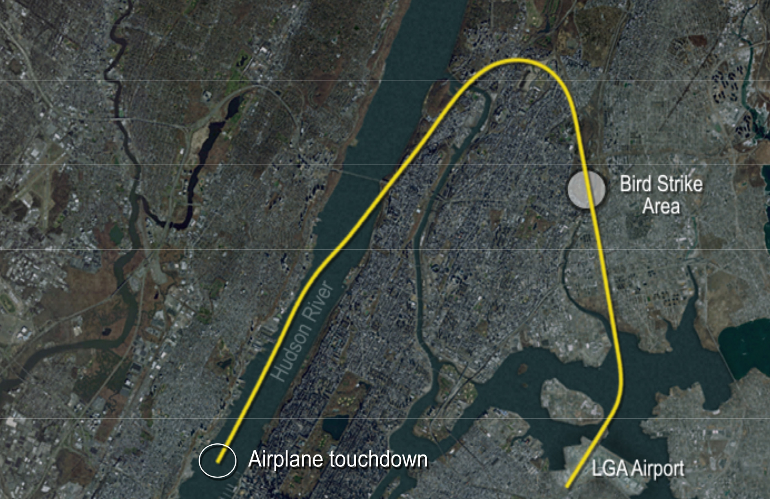
Though air traffic controllers had made runways available at the three closest airports for an emergency landing, Flight 1549 did not have enough airspeed and altitude to reach any of them. Despite the best efforts of Captain Sullenberger and First Officer Skiles to restart the two damaged engines, there was no alternative but to ditch the airliner into the Hudson River.
The A320 hit the water in a slight nose-up attitude at approximately 130 knots (150 miles per hour, 241 kilometers per hour). The airliner quickly slowed then began drifting with the tide. The force of the impact had twisted the airframe and the cargo door seals began to leak. N106US began to settle into the water.
Cabin attendants opened the doors and activated the emergency slides, which acted as flotation rafts. Passengers quickly evacuated the airliner and many of them stood on the wings to stay out of the frigid water.
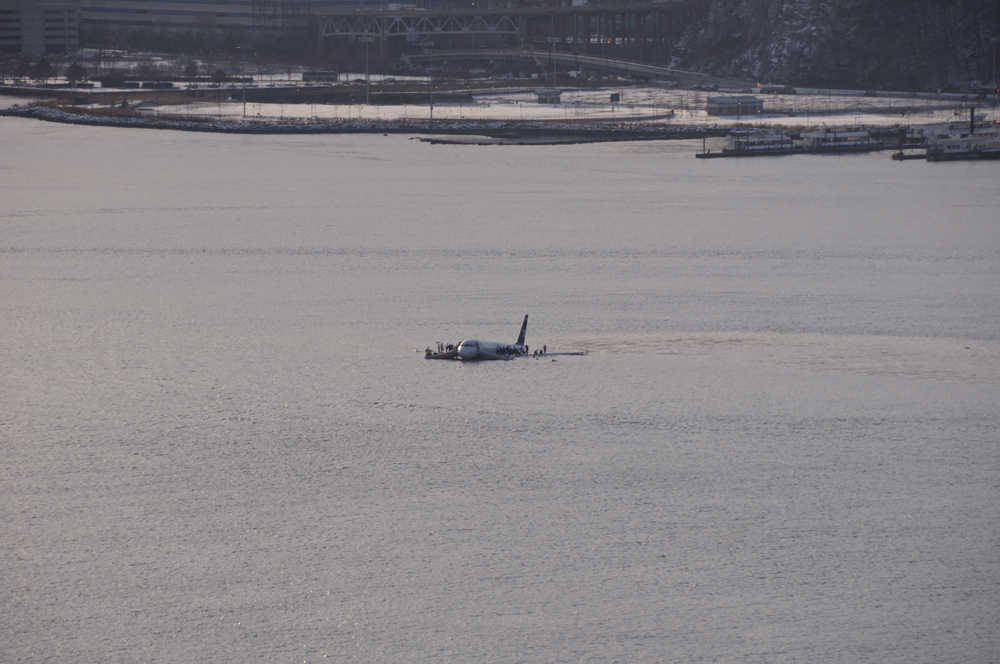
Before he left his airplane, Captain Sullenberger twice went through the cabin to make sure than no one was left aboard. He was the last person to leave Flight 1549.
Rescue efforts were immediately under way. Everyone on board was saved, and there were just five serious injuries sustained during the emergency.
This accident is known as “The Miracle on the Hudson” and the crew of U.S. Airways Flight 1549 are regarded as national heroes.
This was the most successful ditching on an airliner since Pan American World Airways Flight 6, a Boeing 377 Stratocruiser named Sovereign of the Skies, went down in the Pacific Ocean, 15 October 1956.
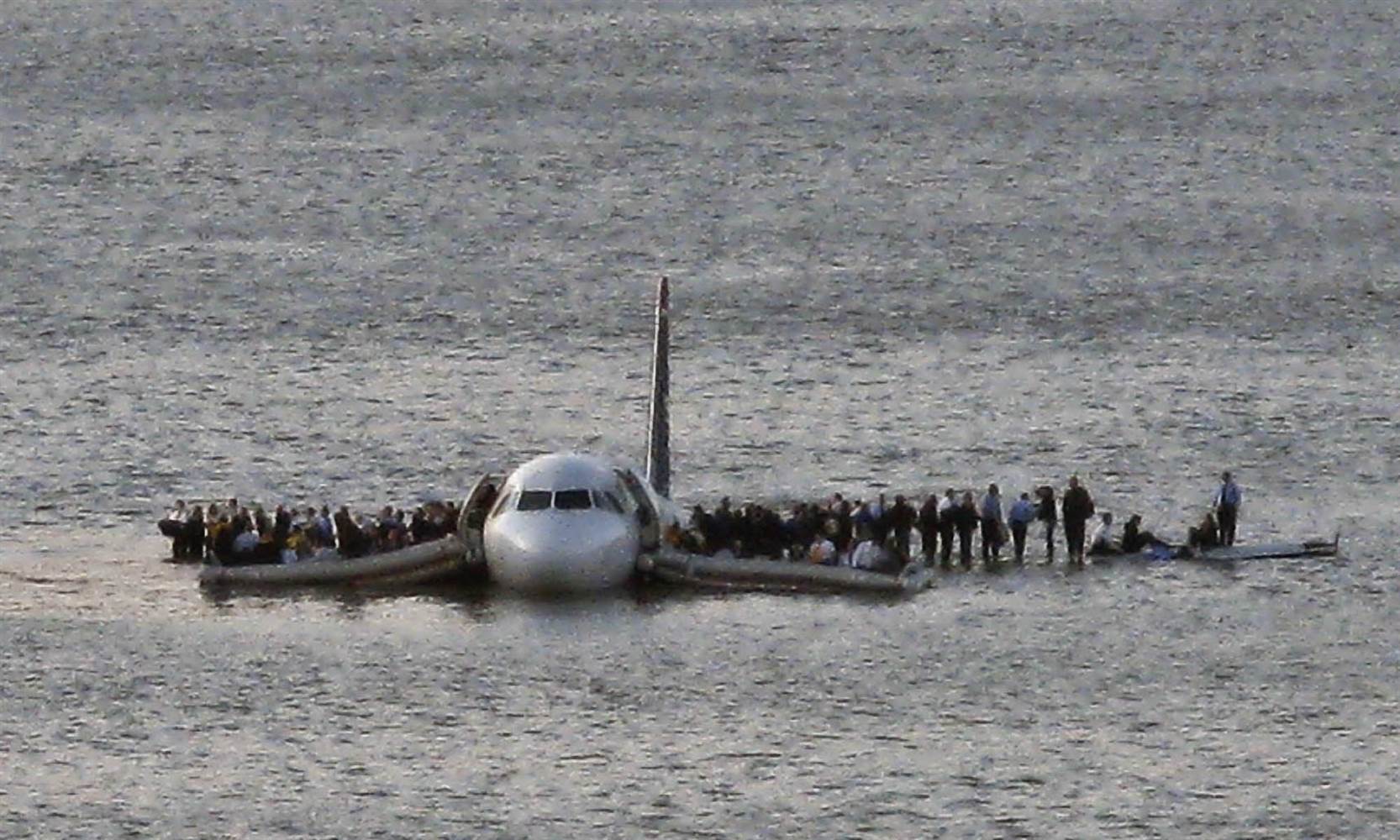
![]() U.S. Airways Flight 1549 was flown with an Airbus Industrie A320-214, s/n 1024, registration N106US. It was built at Aéroport de Toulouse – Blagnac, France in 1999. At the time of the accident, N106US had 25,241.08 total flight hours on the airframe in 16,299 cycles.
U.S. Airways Flight 1549 was flown with an Airbus Industrie A320-214, s/n 1024, registration N106US. It was built at Aéroport de Toulouse – Blagnac, France in 1999. At the time of the accident, N106US had 25,241.08 total flight hours on the airframe in 16,299 cycles.
The A320-200 series is a medium-range, narrow body twin engine airliner, introduced during the mid-1980s. It uses “fly-by-wire” systems and was the first airliner with “side stick controllers.” The airliner is flown by a pilot and co-pilot.
The A320-214 is 37.57 meters (123 feet, 3 inches) long with a wingspan of 34.10 meters (111 feet, 11 inches) and overall height of 11.76 meters (38 feet, 7 inches). Average empty weight of the airplane is 42,600 kilograms (93,917 pounds) and the maximum takeoff weight (MTOW) is 78 tonnes (171,961 pounds).
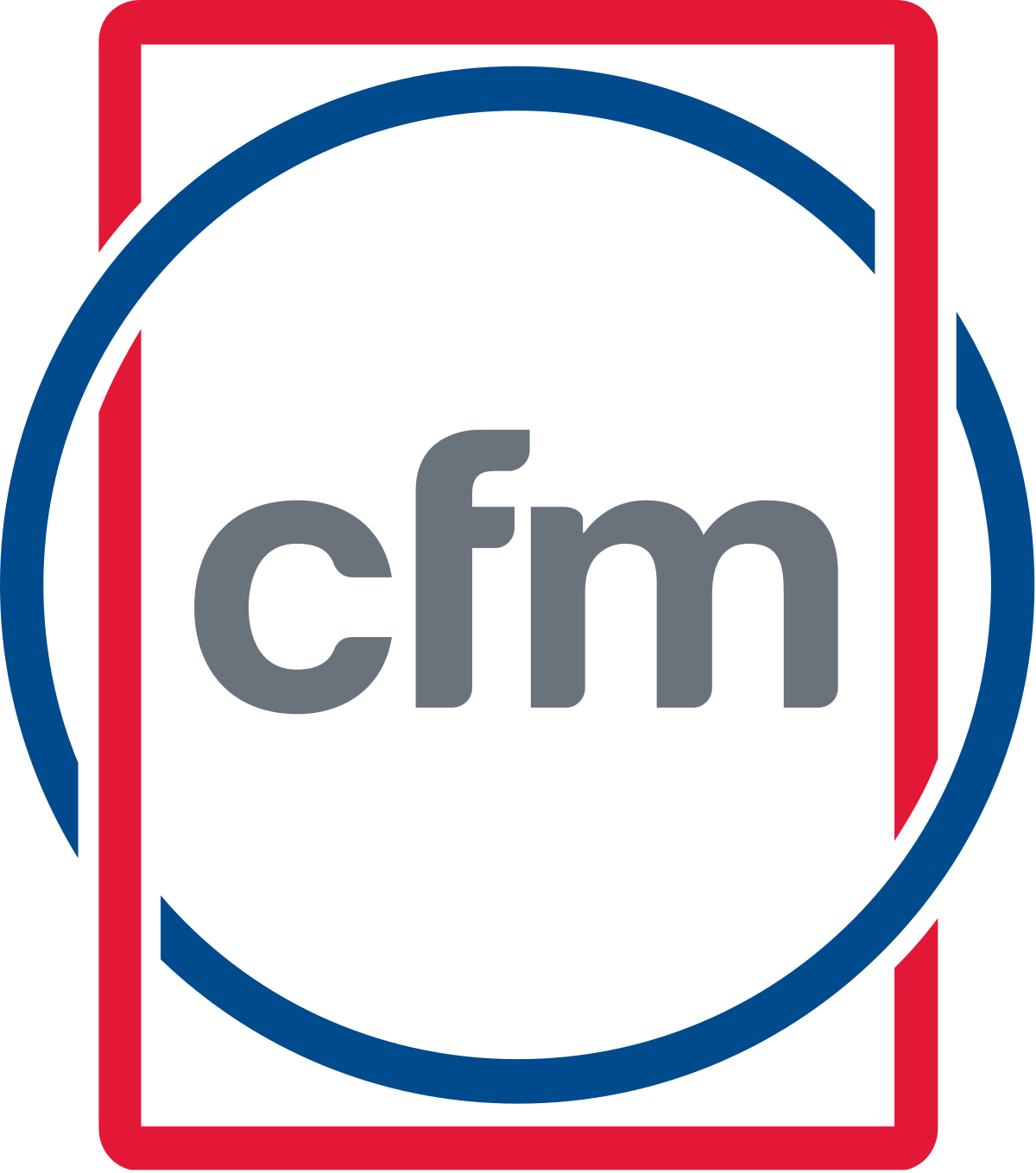 N106US was powered by two CFM International CFM56-5B4/P high bypass turbofans engines, producing up to 120.102 kilonewtons (27,000 pounds of thrust) each. It is a two-spool axial-flow engine with a single-stage fan, 13 stage (4 low- and 9 high-pressure stages) compressor section and 4-stage (1 high- and 3 low-pressure stages) turbine section. The engine is 72.0 inches (1.829 meters) in diameter, 102.4 inches (2.601 meters) long and weighs 5,250 pounds (2,381 kilograms).
N106US was powered by two CFM International CFM56-5B4/P high bypass turbofans engines, producing up to 120.102 kilonewtons (27,000 pounds of thrust) each. It is a two-spool axial-flow engine with a single-stage fan, 13 stage (4 low- and 9 high-pressure stages) compressor section and 4-stage (1 high- and 3 low-pressure stages) turbine section. The engine is 72.0 inches (1.829 meters) in diameter, 102.4 inches (2.601 meters) long and weighs 5,250 pounds (2,381 kilograms).
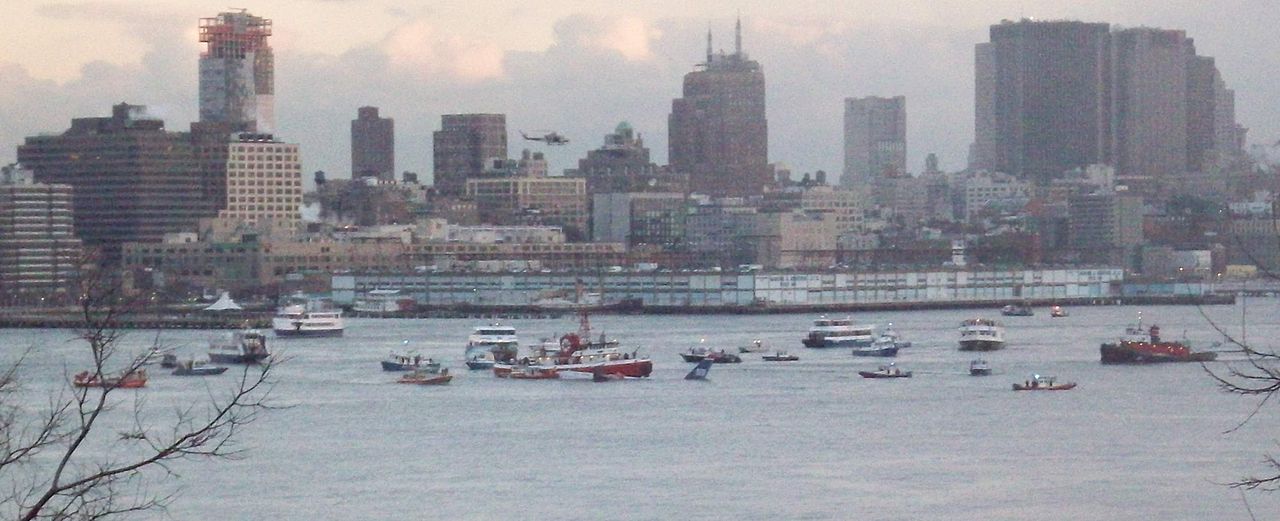
The A320-200 series has a cruising speed of 0.78 Mach (828 kilometers per hour, 515 miles per hour) at 11,000 meters (36,090 feet) and a maximum speed of 0.82 Mach (871 kilometers per hour, 541 miles per hour) at the same altitude. The airliner’s service ceiling is 12,000 meters (39,370 feet) and the maximum range, fully loaded, is 6,100 kilometers (3,790 miles).
The Airbus A320 series is still in production. As of 31 December 2018, 8,605 A320s had been built.
N106US remains in the condition that it was in when removed from the Hudson River. It i stored outside at the departure end of Runway 36C, Charlotte Douglas International Airport (CLT), Charlotte, North Carolina.
Captain Chesley Burnett Sullenberger III retired from U.S. Airways 10 March 2010. First Officer Jeffrey B. Skiles remained with the airline, although he took an extended leave of absence.
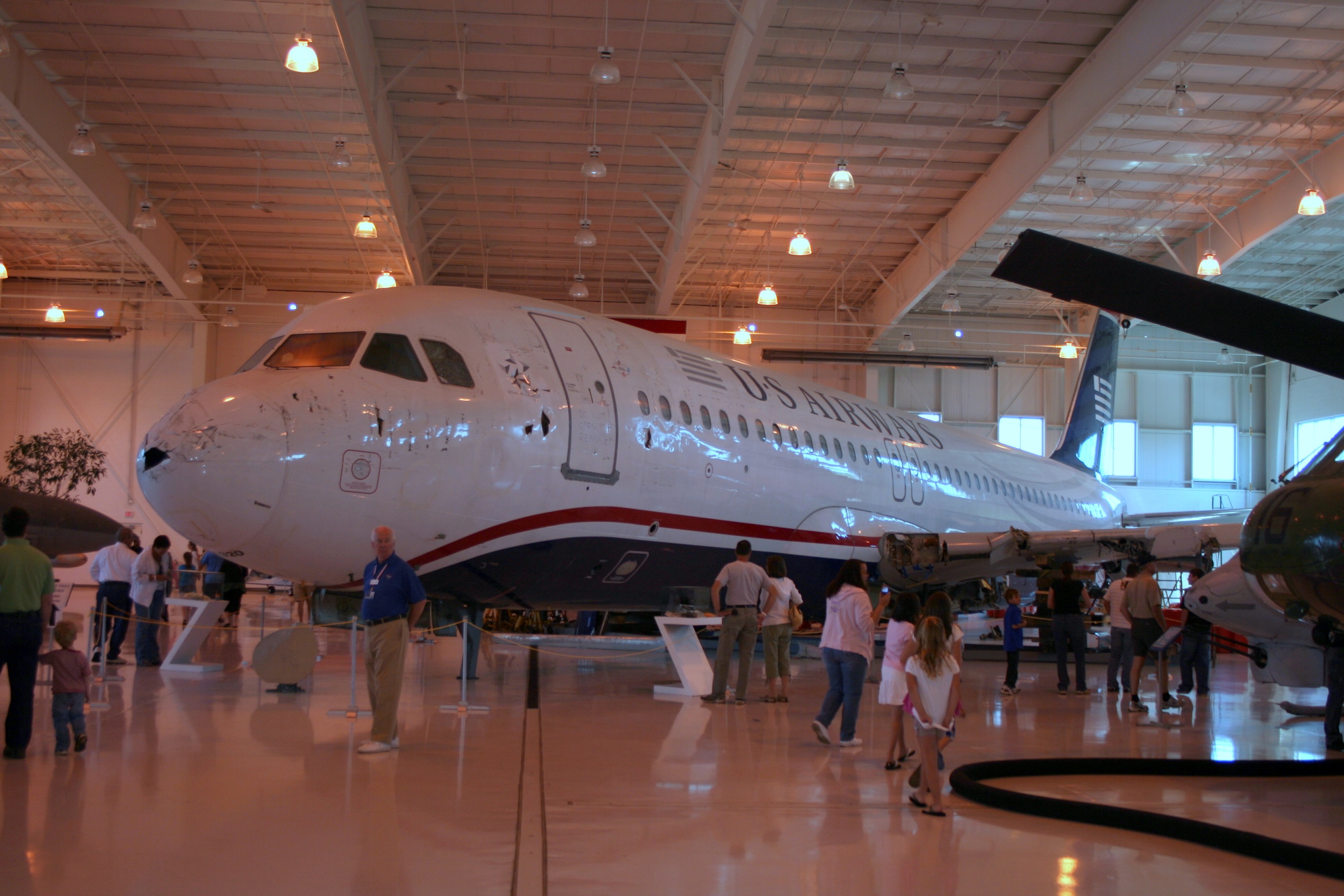
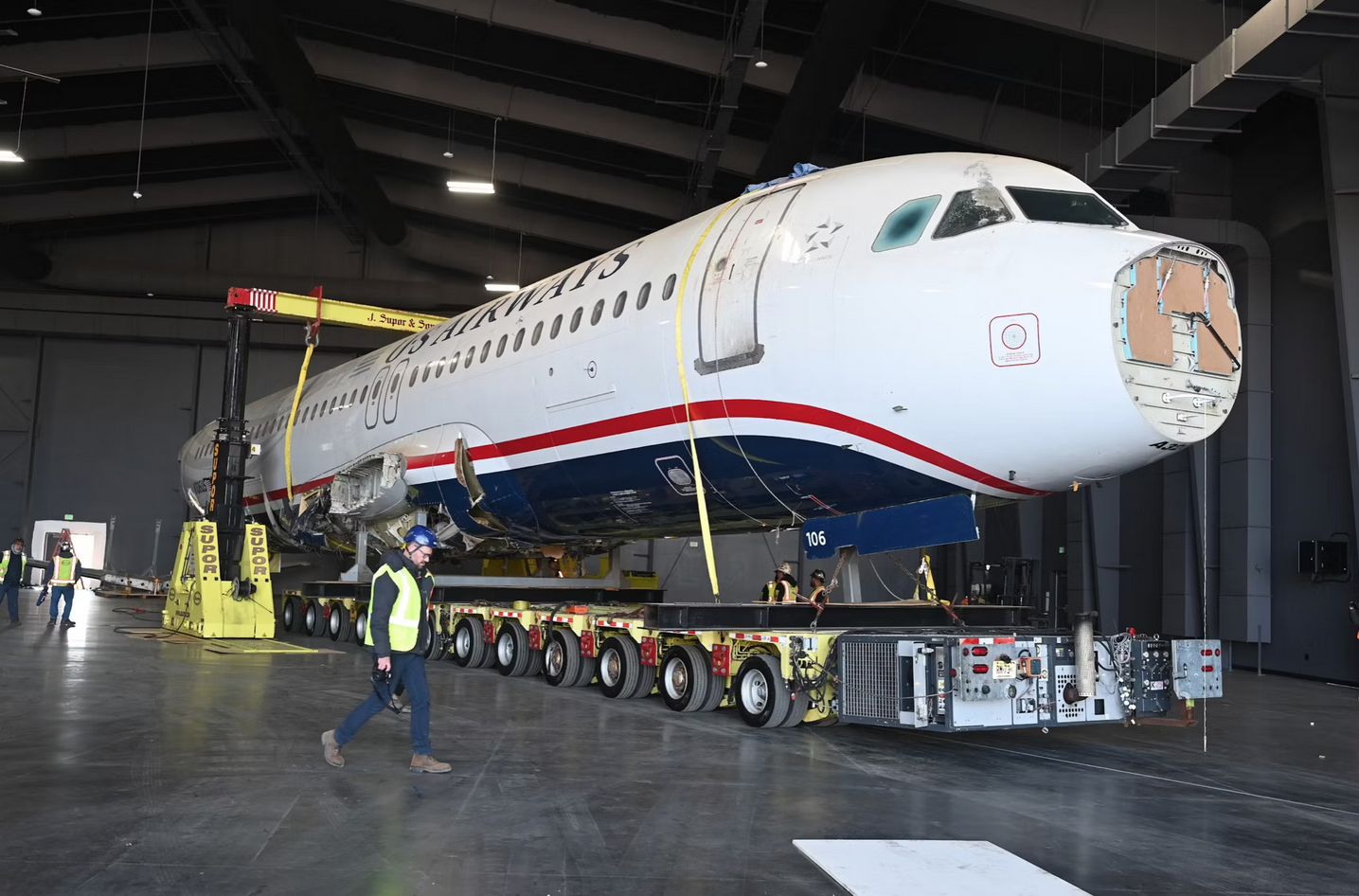
© 2024, Bryan R. Swopes
